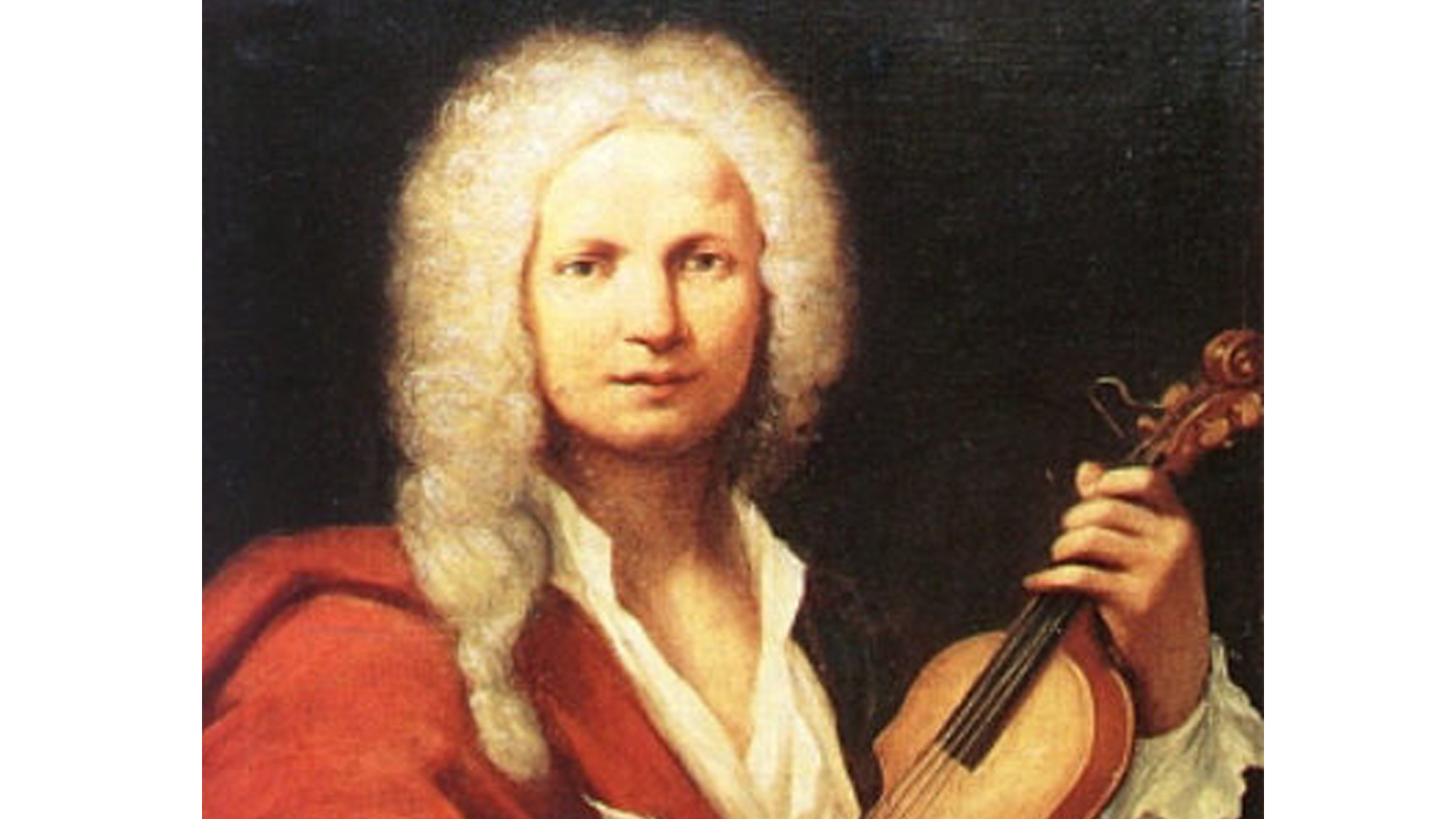
No. 3
Vivaldi: The Four Seasons

It’s all become a cliché, hasn’t it? From eruptive, blooming Spring to bright, hot, exciting Summer through the bounty and maturity of Fall to come finally to white tinged, sere, quiescent Winter. Such, it seems, has the progress of the Seasons always been portrayed.
How long did it take our ancestors to figure out why there seem to be four seasons? And did it have anything to do with figuring out that the earth revolves around the sun as it rotates on its own axis. The celebration of the seasons was also a celebration of the ability of a new sphere of understanding called science to confirm the basic order of the everyday world. That daily, seasonal order had been established by God after mankind was thrown out of Eden and made to make do in another kind of place where humans were to toil, to sow and to reap and with their God given wits make their new world a new Eden.
The trope of the Seasons was always meant to affirm divine order. But at the same time the regular passage of the Seasons often became a metaphor for the passage of a human life.
We immediately think of the seasons in terms of color and images, but the seasons are also identified by sounds. And as the world became more urban and cities developed, cities like Rome, Paris, London, Vienna, and, cut off, built on its own urban islands … Venice. Is it any wonder that Vivaldi should undertake to amuse and even astound Venetians with an aural journey through the seasons? Vivaldi concocted a virtual tour through the seasons as experienced in an idealized rural landscape filled with mating birds, lowing cattle, humming bees, thunder storms and cold winds. In Vivaldi’s world an ensemble of fifty instruments could still make a sound louder than anything anyone heard in the course of daily life. And as we listen in the 21st century while we hear the harmonies it is impossible to recapture the sheer physical pleasure Venetians felt as the music surrounded them, overwhelming their senses to their minute by minute delight.
Top 40 Countdown
A few years ago the listeners to WNED Classical told us what they thought a TOP 40 list of Classical pieces should be. Six hundred and twenty-two different pieces were put forward, and over nine hundred listeners participated. The result, The WNED Classical Top 40, was both startling and comforting. There were a number of surprises, Stravinsky and Copland made the list; Mendelssohn and Schumann did not! It was comforting to know that the two most popular composers were Beethoven and J.S. Bach. The biggest surprise of all was the piece that crowned the list as No. 1.